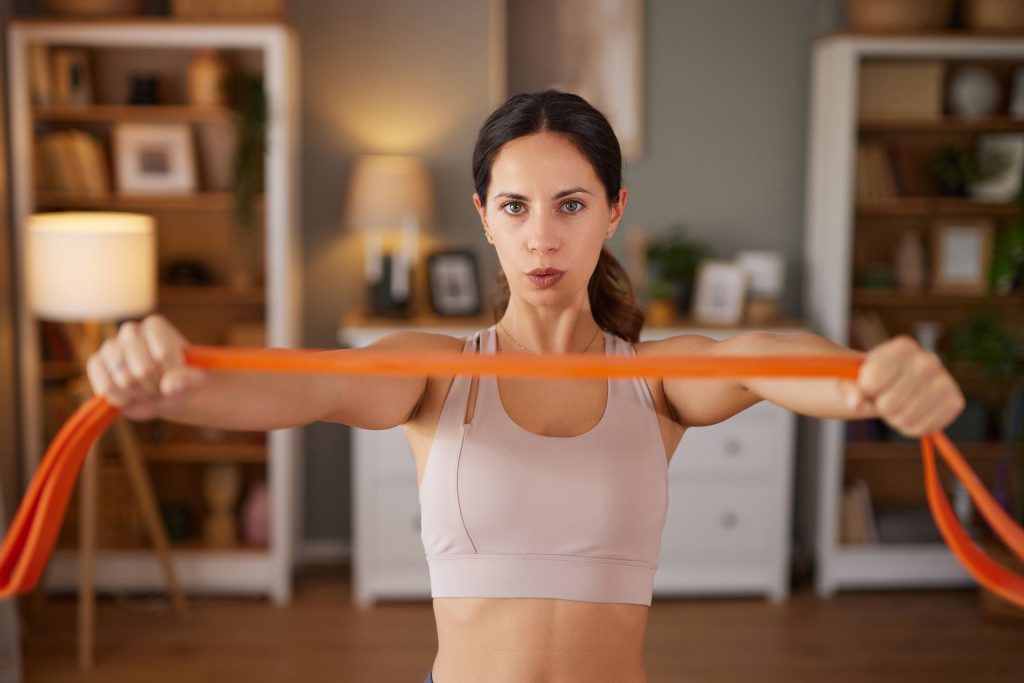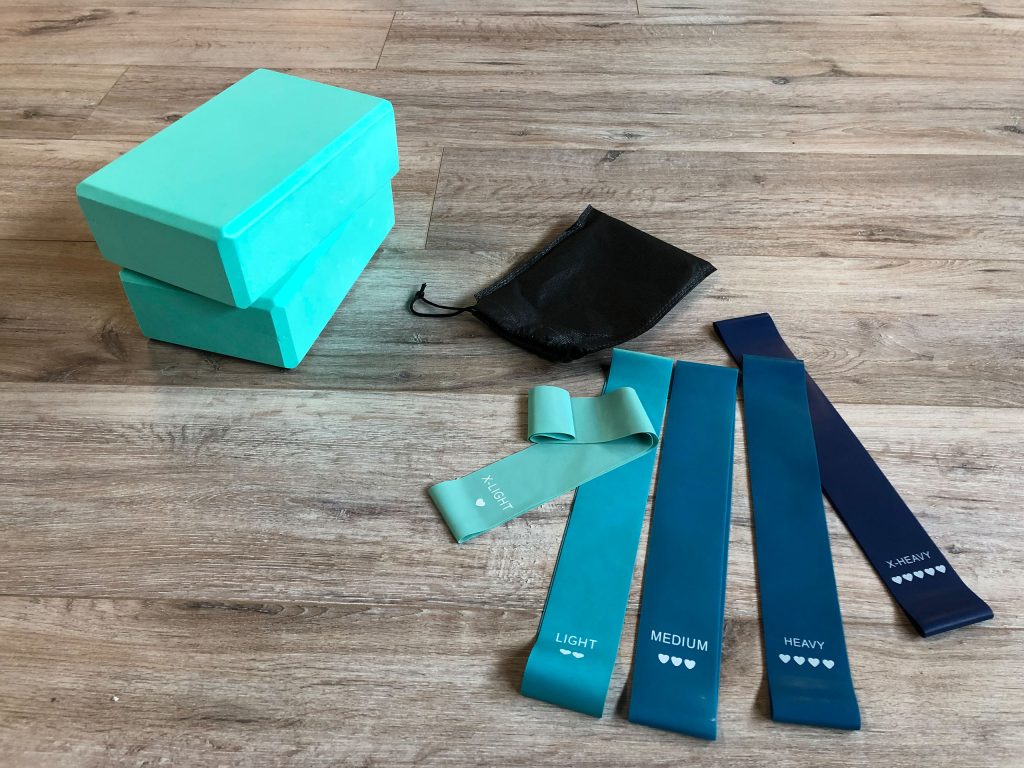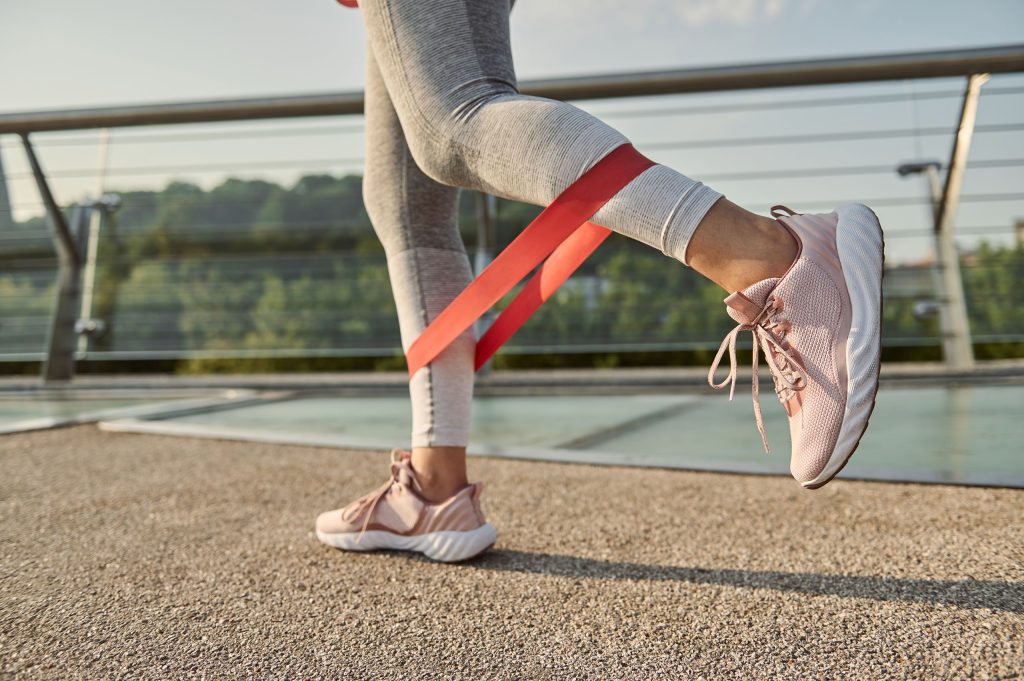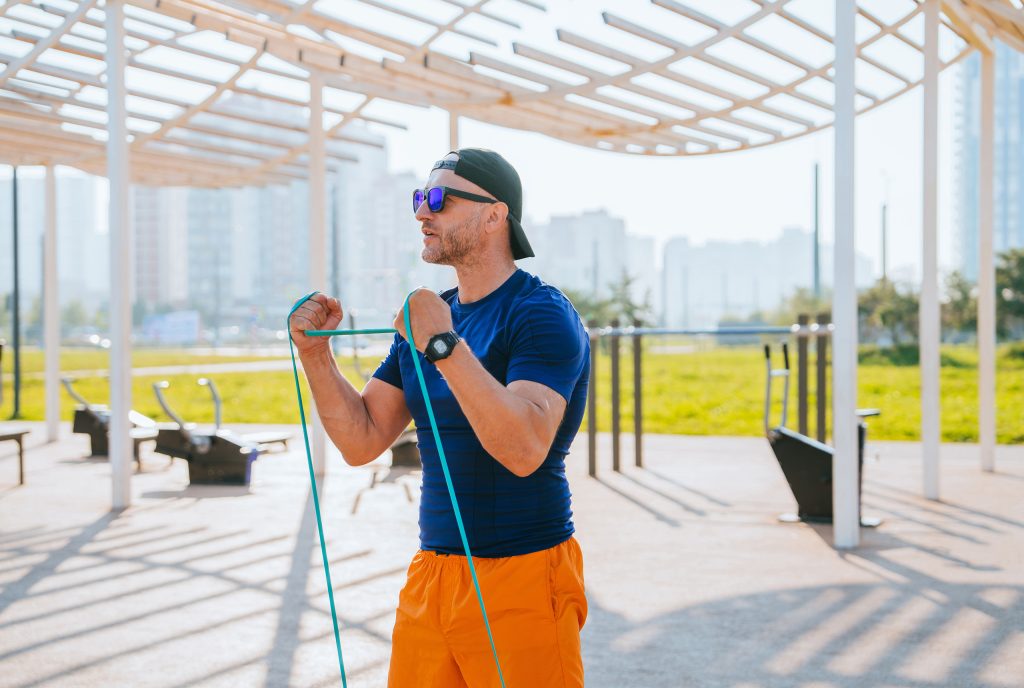
When looking for their next resistance band set, many wonder what happened to all the recognizable names. More than ever, the big brands want to sell to customers directly rather than go through retailers. So, in stores, people are left with offerings from WHATAFIT, VEICK, or TheFitLife.
The reality is, when it comes to resistance bands, the majority are happy with something cheap that serves them for a year or two. But is the brand you go with worthy of deeper consideration?
Resistance bands might look simple, like just stretchy loops or tubes of rubber, but not all bands perform the same. If you’ve ever had one snap mid-workout or noticed how some pull smoothly while others feel jerky, you’ve already experienced how brand and build quality make a difference.
Whether you’re building a home gym or upgrading an old set, understanding how brands vary in durability, materials, safety, and consistency can help you pick bands that enhance your training instead of making you question if they can keep up.

How Brands and Quality Affect Performance
Durability and Material Quality
Cheap sets often look great online, but what really matters goes beyond the surface. The most noticeable difference between brands is how their bands stand up to wear and tear.
Premium manufacturers often use layered latex or high-quality thermoplastic elastomers (TPE) instead of cheaper single-pressed rubber. Layered latex resists cracks and stretching fatigue, giving the band a smoother pull and greatly extending its lifespan. Lower-tier brands may use thinner or poorly cured rubber that degrades faster, especially when exposed to heat or sunlight.
Safety
A resistance band snapping during a workout can be more than inconvenient; it can be dangerous. That’s stress you don’t need during your training.
Higher-quality brands often test their bands for tensile strength and use reinforced joints where the band meets the handle or carabiner. Bodylastics bands have a unique inner cord system that offers greater strength and ensures they won’t fly loosely if snapped. Budget bands may skip these reinforcements, which increases the risk of failure during high-tension movements.
Consistency and Feel
Well-made bands offer consistent resistance throughout the range they stretch, helping you maintain control and proper form. Lower quality bands often feel uneven, with “dead zones” or sudden jumps in tension. Over time, lower-quality bands may also lose elasticity, making resistance levels unpredictable.
Features and Attachments
The level of completeness of a set can leave clues about how good it is. Some offer metal carabiners, padded handles, reinforced door anchors, and ankle straps. Others include only the basics or use cheaper plastic components that wear out quickly. Often, the features included reflect the company’s quality standards. Brands that invest in strong materials tend to offer better attachments as well.
Longevity
A major factor in whether a brand is worth the price is how long the bands last. Higher-quality latex, layered construction, and reinforced stitching translate to years of use rather than a short stretch of months. For anyone training regularly, better brands usually pay for themselves, as they need to be replaced less often.

Key Features to Look for in Resistance Bands
Since a lot of sets appear almost identical at first glance, it can have you scratching your head about what features you should be looking for. The ideal resistance band set depends on your training style, but here are the core features to evaluate, many of which differ across brands:
- Material Type: Natural latex provides strong elasticity and durability. TPE is more affordable and latex-free but tends to show its age faster. Some brands use multi-layer construction for extra longevity.
- Handles and Carabiners: Premium brands use metal carabiners, thicker stitching, and padded handles. Cheaper sets may use plastic clips or thin straps that fray.
- Door Anchors: A solid, reinforced anchor can expand your exercise options. Some brands include anchors with additional padding or protective sleeves.
- Protective Sleeves: Certain brands add nylon sleeves over tube bands for extra safety and UV protection.
- Stackability: Better brands make it easy to attach multiple bands to the same handle for customizable resistance.
- Length Options: Longer bands suit taller users or bigger ranges of motion; not all brands offer extended lengths.
The Big Names in Resistance Bands
Compared to categories such as exercise machines and adjustable dumbbells, big brand names aren’t as much of a thing when it comes to resistance bands. Many of the most popular resistance band sets are sold by brands you probably haven’t heard of.
Bodylastics is the most notable exception. Back in the mid-90s, resistance bands were only offered individually. Bodylastics created the first stackable resistance band sets with detachable handles. Thus, the majority of sets you see in stores are essentially knockoffs of Bodylastics.
So many new brands have popped up, but BODi (Beachbody), SPRI, and Black Mountain Products are others that have been around long enough to establish a greater level of trust.
The landscape has really shifted in recent years, as more and more established companies work on distributing their products online themselves rather than relying on retailers.

Types of Resistance Bands
Beyond the brand, the most significant decision is the type of band you choose. Companies differ in how they manufacture and categorize their bands, but most fall into these common types:
1. Tube Bands
These round, cord-like bands usually come with handles and carabiners, allowing for a variety of configurations. They’re popular for full-body workouts and mimic cable machine movements. Quality varies widely as premium versions commonly use layered latex cores, while budget sets use single-mold rubber.
2. Flat Bands
These are thin, wide strips without handles, often used for Pilates, physical therapy, stretching, or light toning. The main differences between brands lie in thickness, latex quality, and elasticity.
3. Loop Bands (Mini Bands)
Closed-loop bands are commonly used for glutes, hips, and mobility work. Some brands make them extra-thick or weave fabric into the construction to improve comfort and prevent rolling.
Resistance Levels: What Comes in a Set?
Resistance band sets aren’t all created equally. Basic sets are geared towards people who just want to exercise regularly, while extensive sets are for enthusiasts and athletes. The range and number of resistance levels can differ drastically:
- Entry-level sets may offer only 3–5 resistance levels.
- Mid-range sets often provide 5–7 levels with the ability to combine bands.
- Premium sets may offer 8+ levels, clearer weight labeling, and consistent resistance testing.
The actual resistance number associated with each band, often represented in pounds, varies by brand. One company’s “20 lb band” might feel lighter or heavier than another’s due to differences in material density and elasticity. Sets that offer more bands make it practical for you to combine lighter or heavier bands for finer tuning.

How to Compare Brands and Resistance Band Sets
When comparing one brand to another, focus on:
- Brand reputation: It’s common for resistance bands that were made in the same factory to be sold under different brand names. Sticking with brands that have been building their reputation for decades is a safer bet.
- Material quality: Look for natural latex, multi-layer construction, or protective sleeves.
- Attachment quality: Check whether carabiners and stitching look solid. The quality of the detachable handles is super important as you’ll be using them with every band.
- Resistance accuracy: Premium brands often publish actual lab-tested resistance ranges.
- Included accessories: Consider door anchors, handles, ankle straps, and carrying cases. When it comes to resistance bands, accessories can make or break a set as they offer so much utility.
- Replacement or warranty policies: The top brands often offer extended warranties or easy replacements.
- Customer reviews: Check if users are reporting snapping, bands stretching and losing their elasticity, or inconsistent resistance after just months of use.
- Price vs. lifespan: Focus on value rather than the price tag. A set that lasts three times longer could be twice the price and still be a better deal.
Conclusion
So, do brands matter for resistance bands? Absolutely. While all bands may look alike at first glance, their durability, materials, safety features, attachments, and consistency can differ dramatically between manufacturers. The best sets offer more than meets the eye.
Choosing a reputable brand means better performance, longer-lasting equipment, and safety enhancements that give you peace of mind. By knowing about the types of bands out there, the resistance levels offered, and the key features that separate high-quality sets from knockoffs, you’ll be able to make an informed choice. The right bands elevate your training, and with good care, they’ll get you through all those sweaty weekend workouts for years to come.





